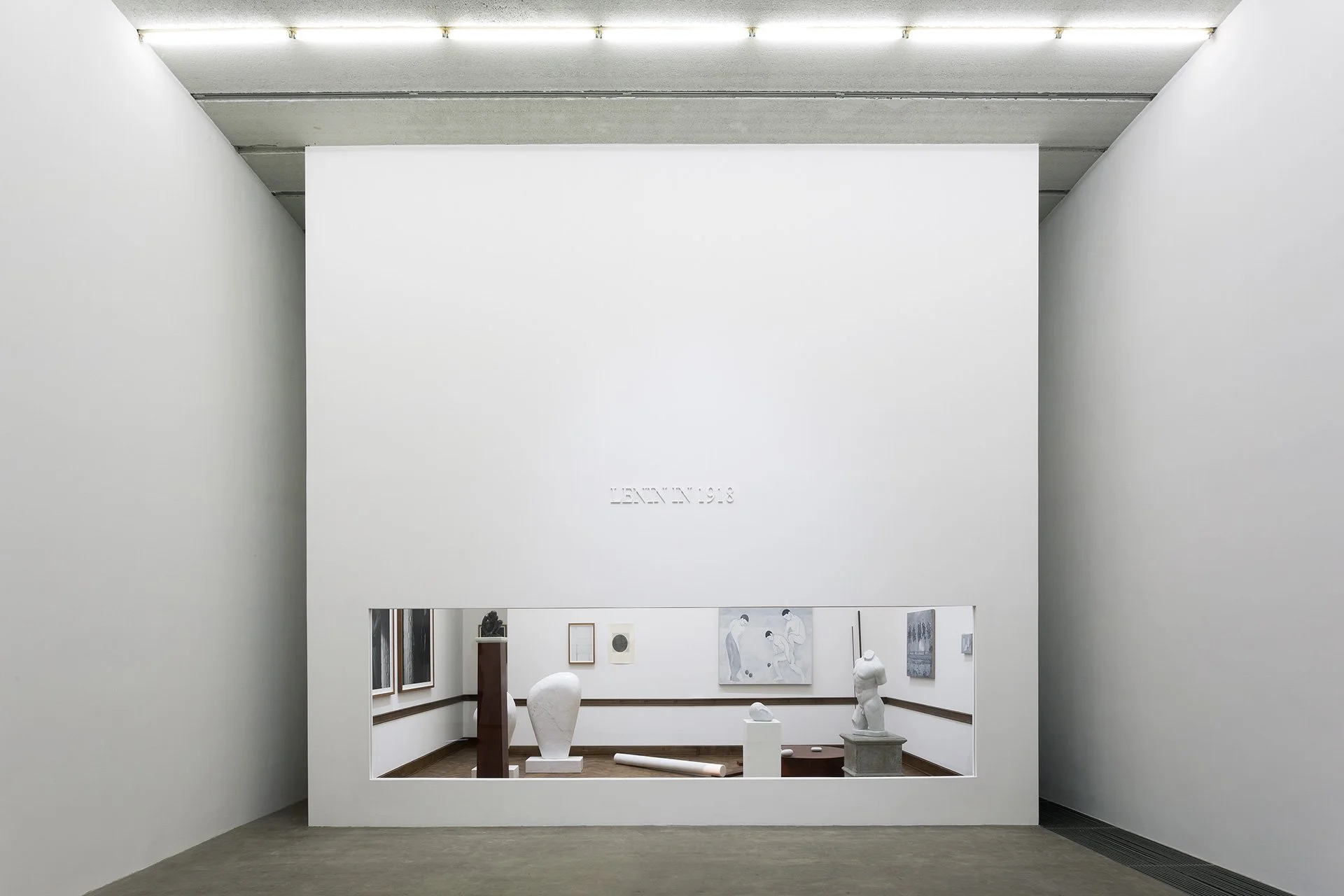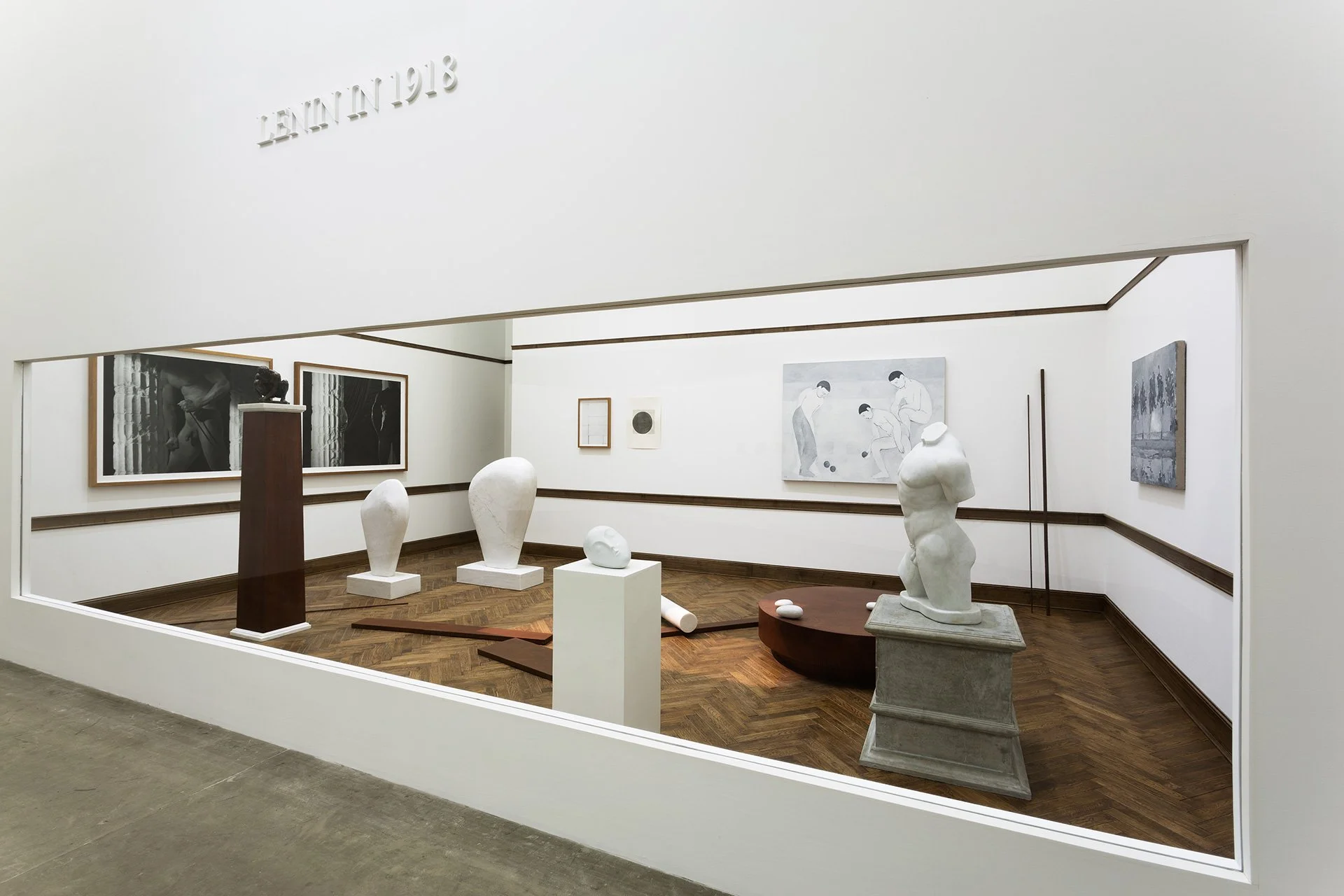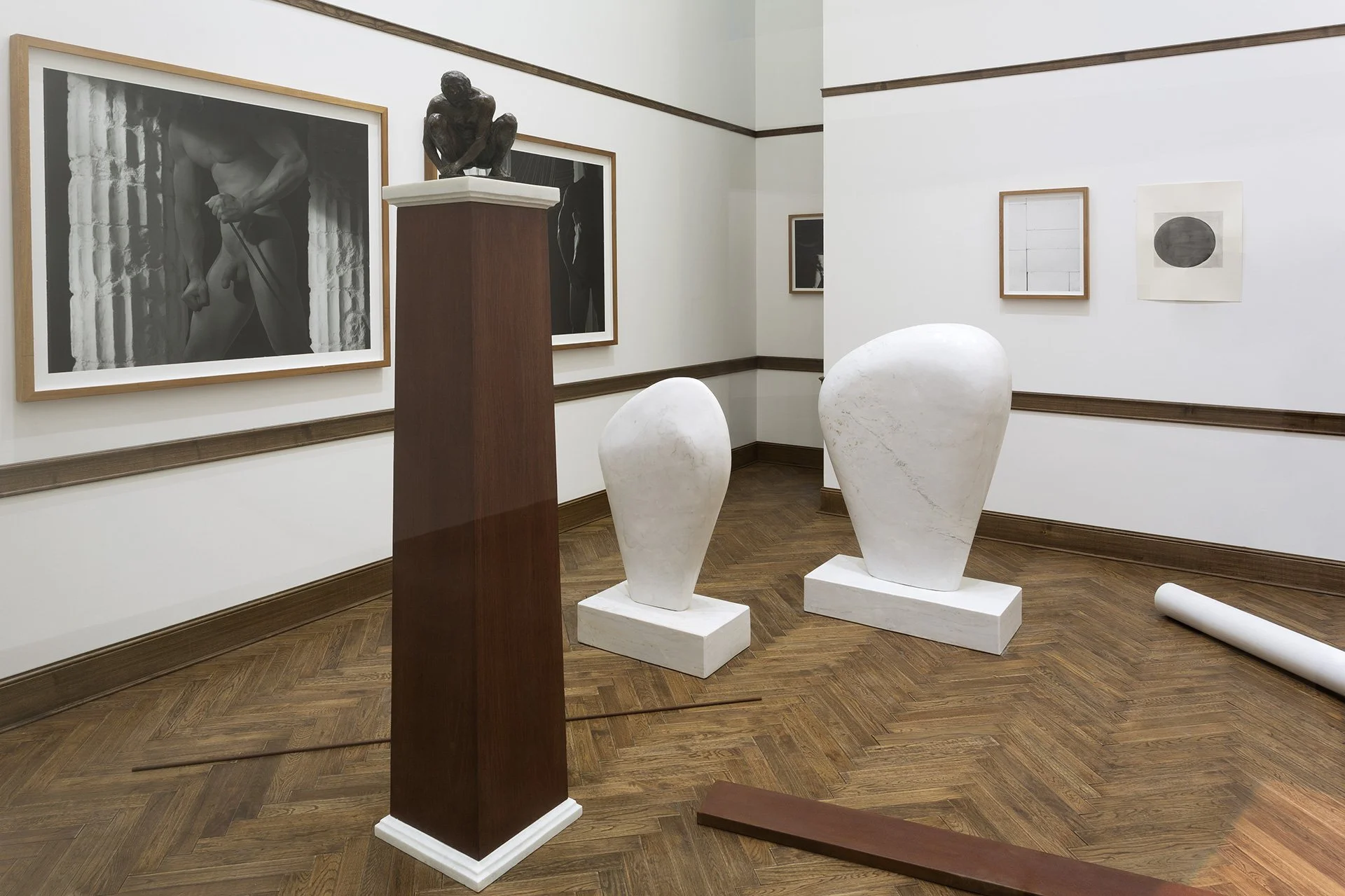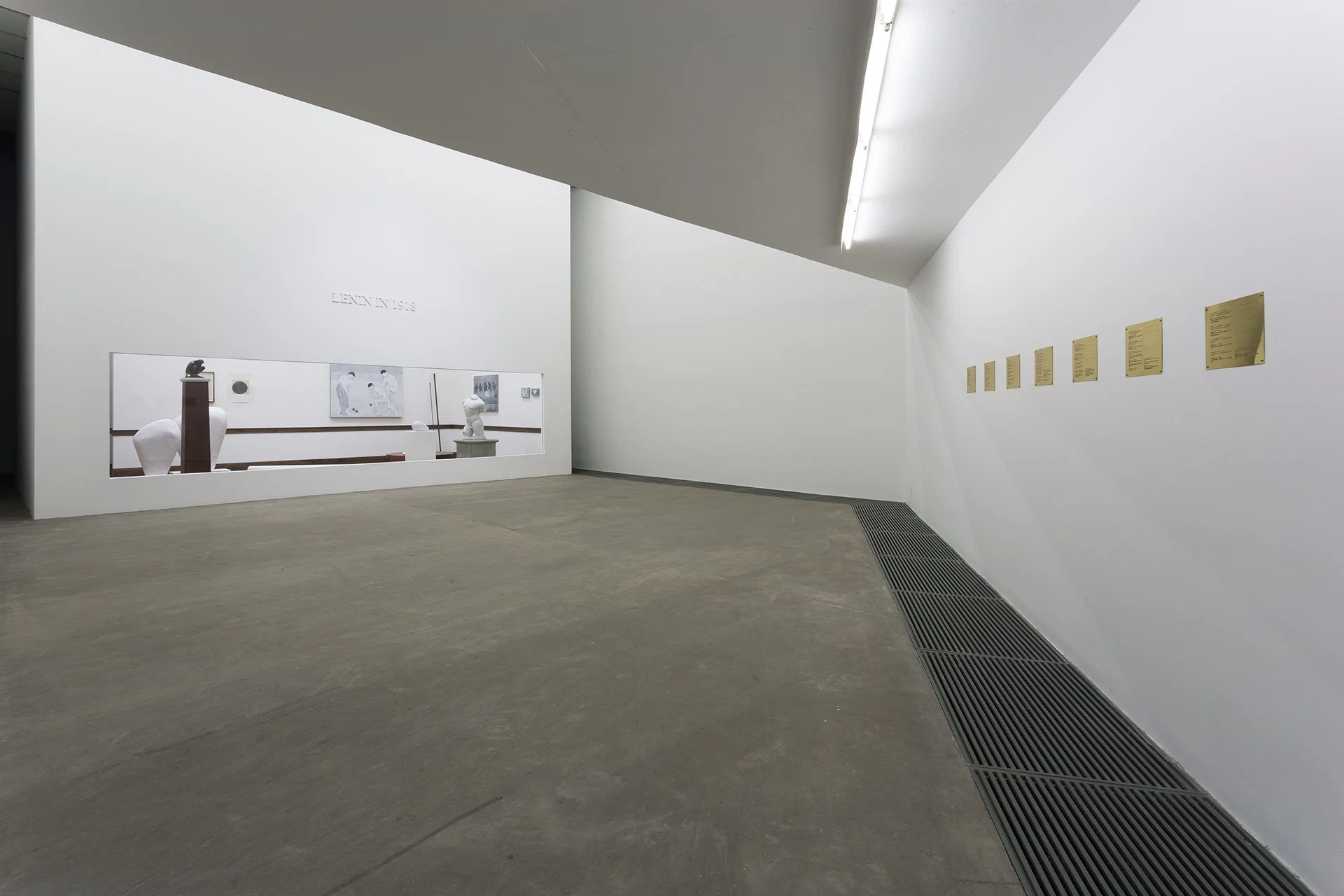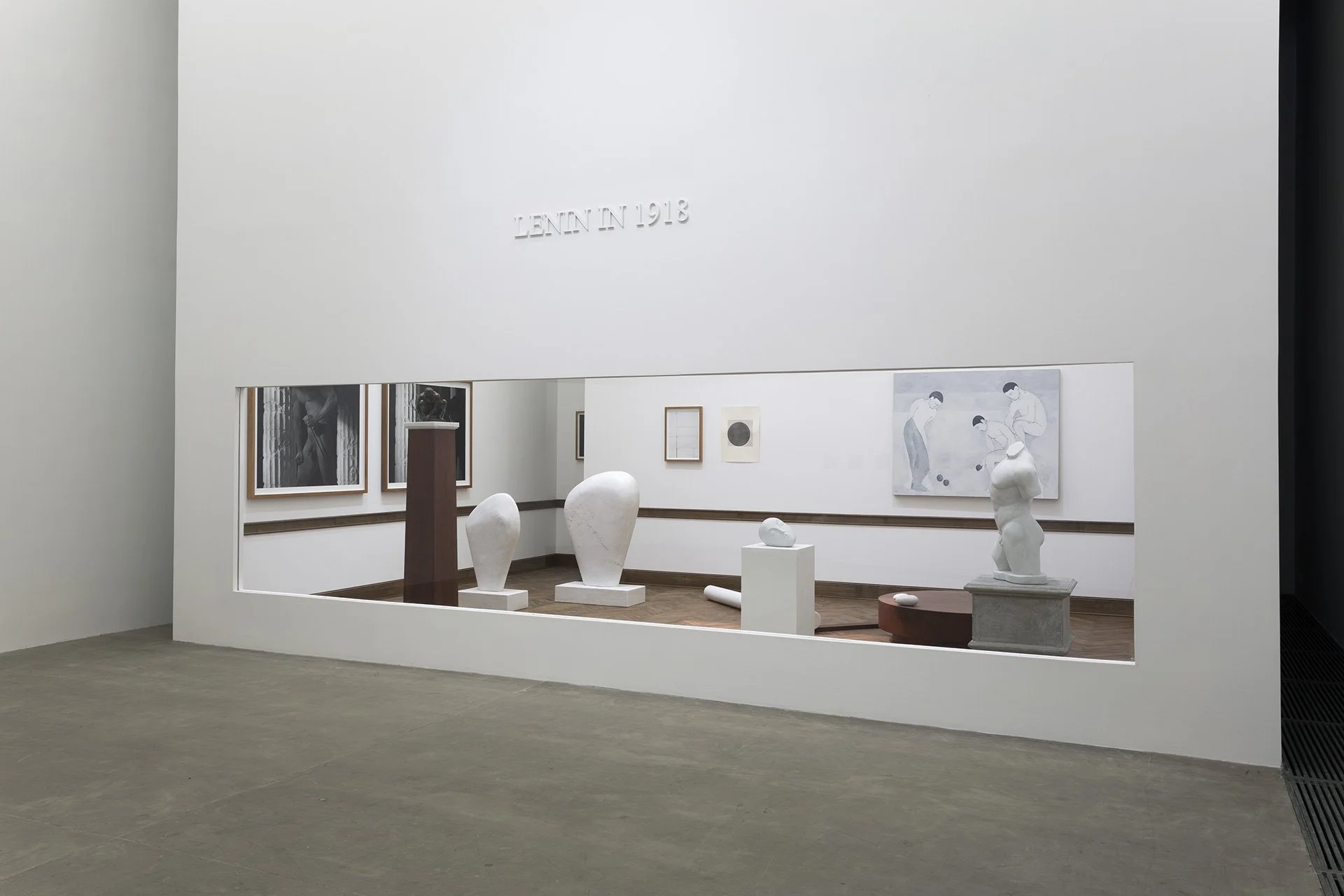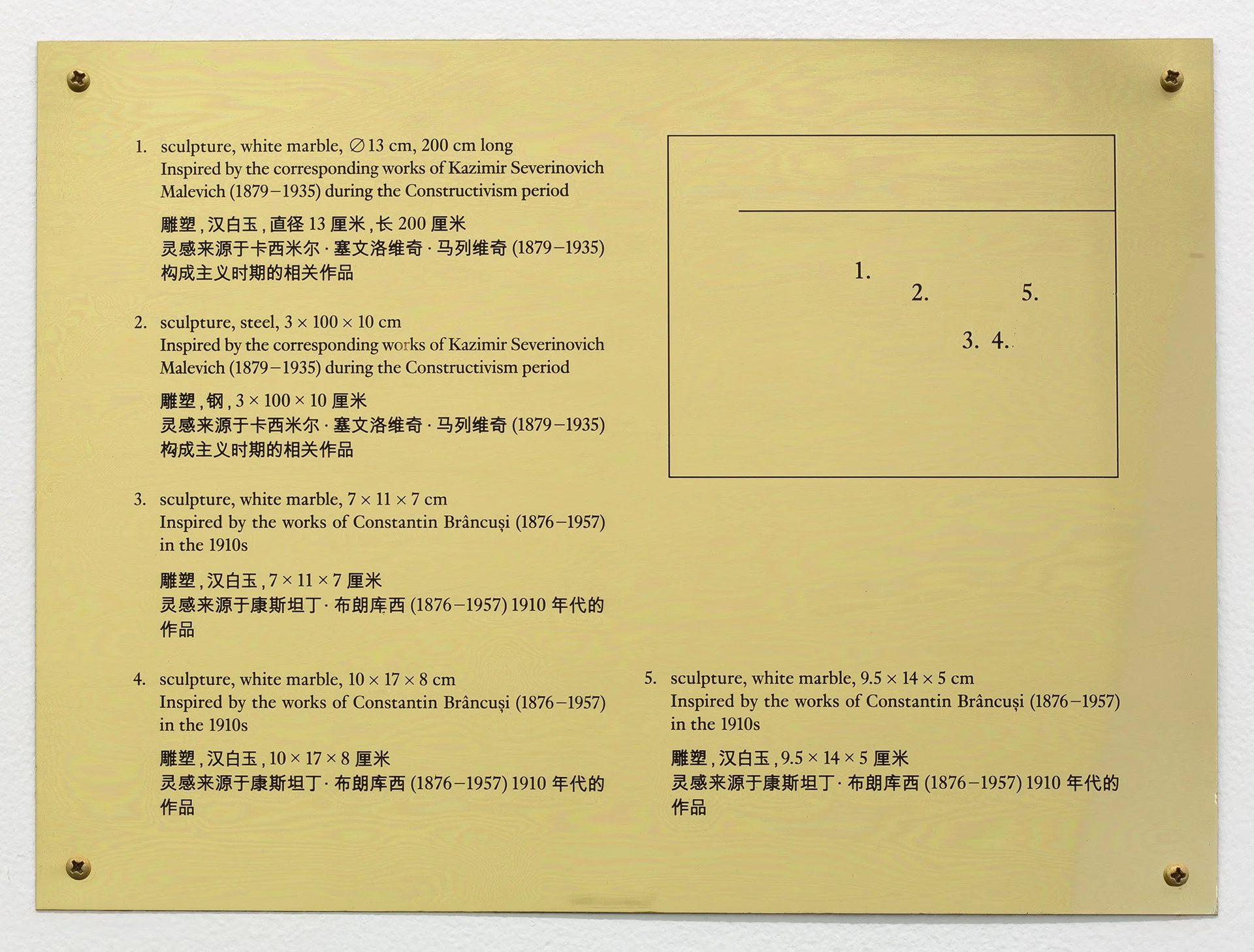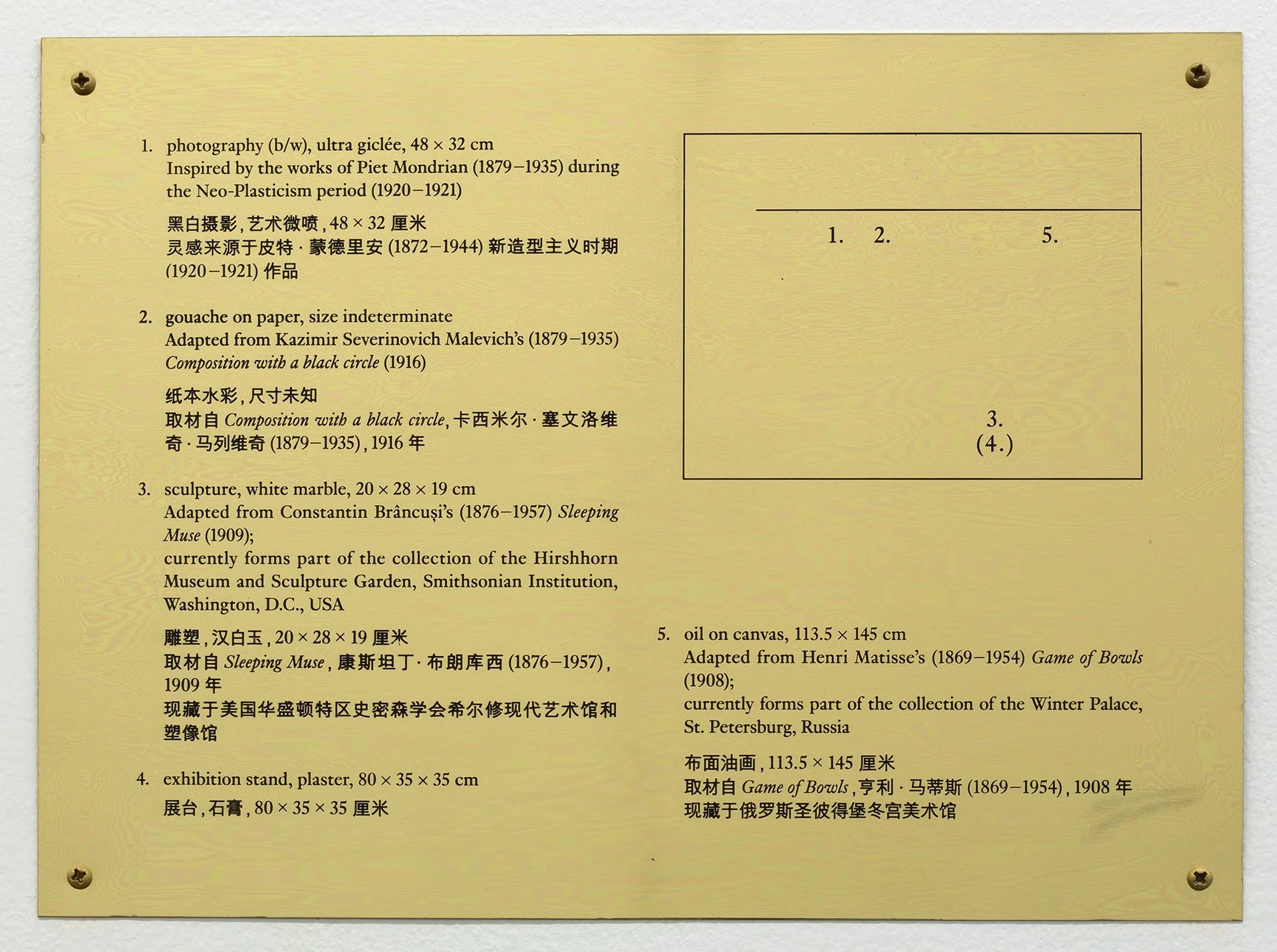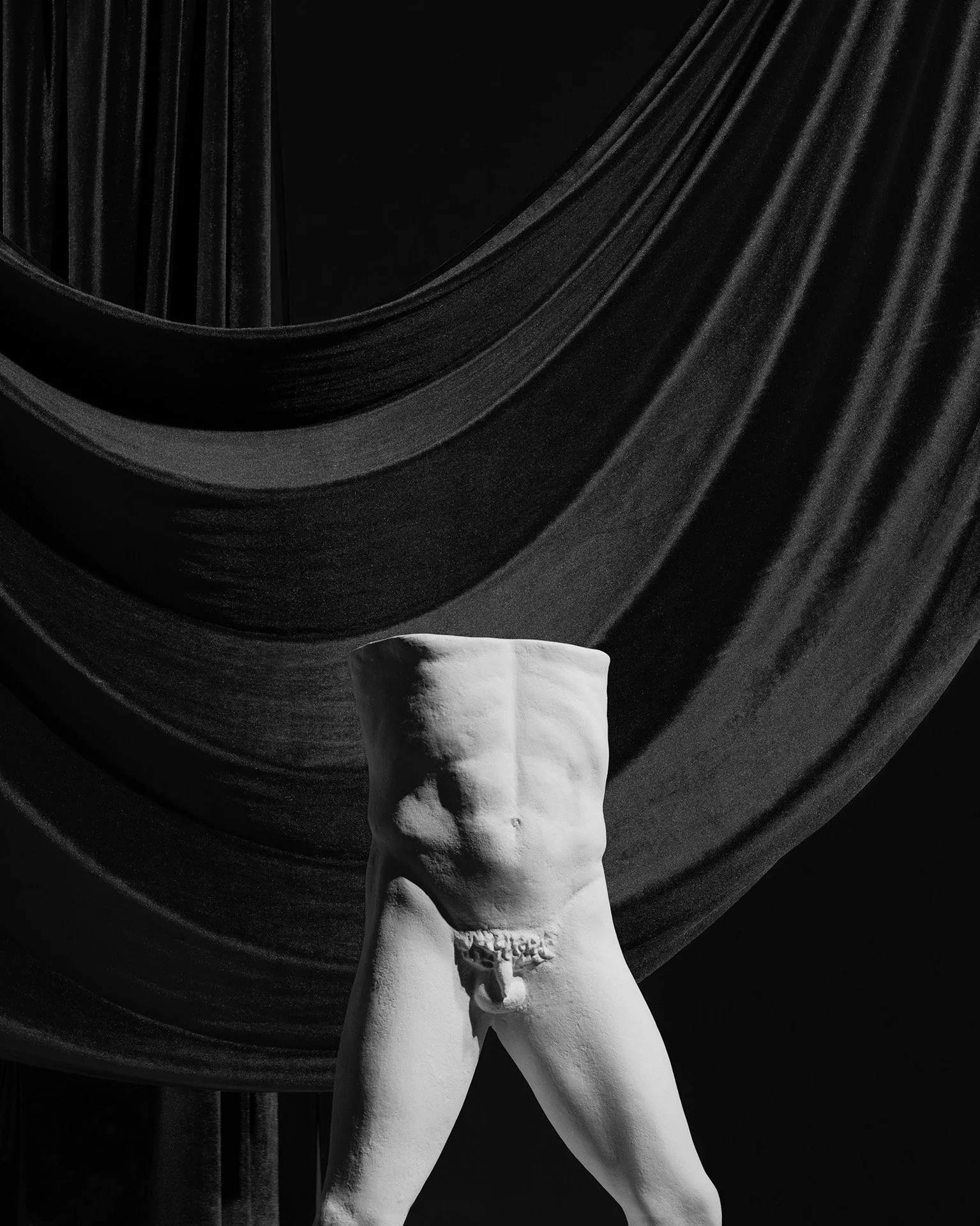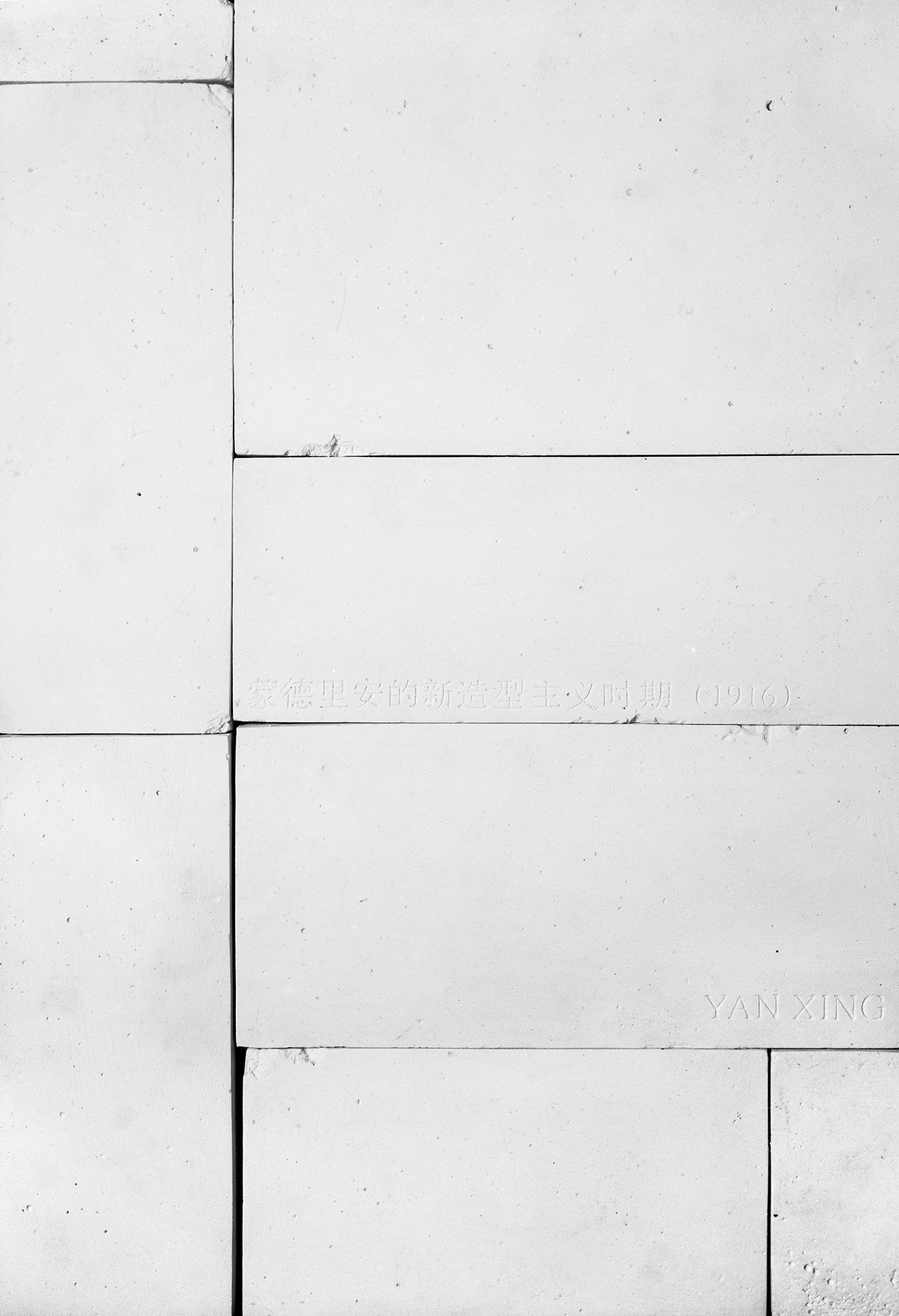🥕
🪨
📡
🥕 🪨 📡
Lenin in 1918
2013
Installation view, Galerie Urs Meile, Beijing, 2013
Yan Xing often appropriates specific parts of art history, which he takes out of their historical contexts and reinterprets through story-telling. In 2013, he began researching Soviet art from the end of World War I. Through a comparative study of numerous masterpieces of early 20th century art housed in European and American museums, he pieced together a musée imaginaire that is entirely of his own devising. In this large-scale installation, pieces adapted from original works by artists such as Malevich, Mondrian, Rodin, Cézanne, and Brâncuși resonate amidst the shadows of history and its reappearance. Adhering to basic geometric principles, Yan Xing has meticulously rearranged these sculptures, paintings, and photographs in a tribute to suprematism and constructivism. His creation is rooted in research but not confined to academic rationality. Through the skillful use of rhetorical means, he introduces historical imagination, raising questions about how art history is crafted.
